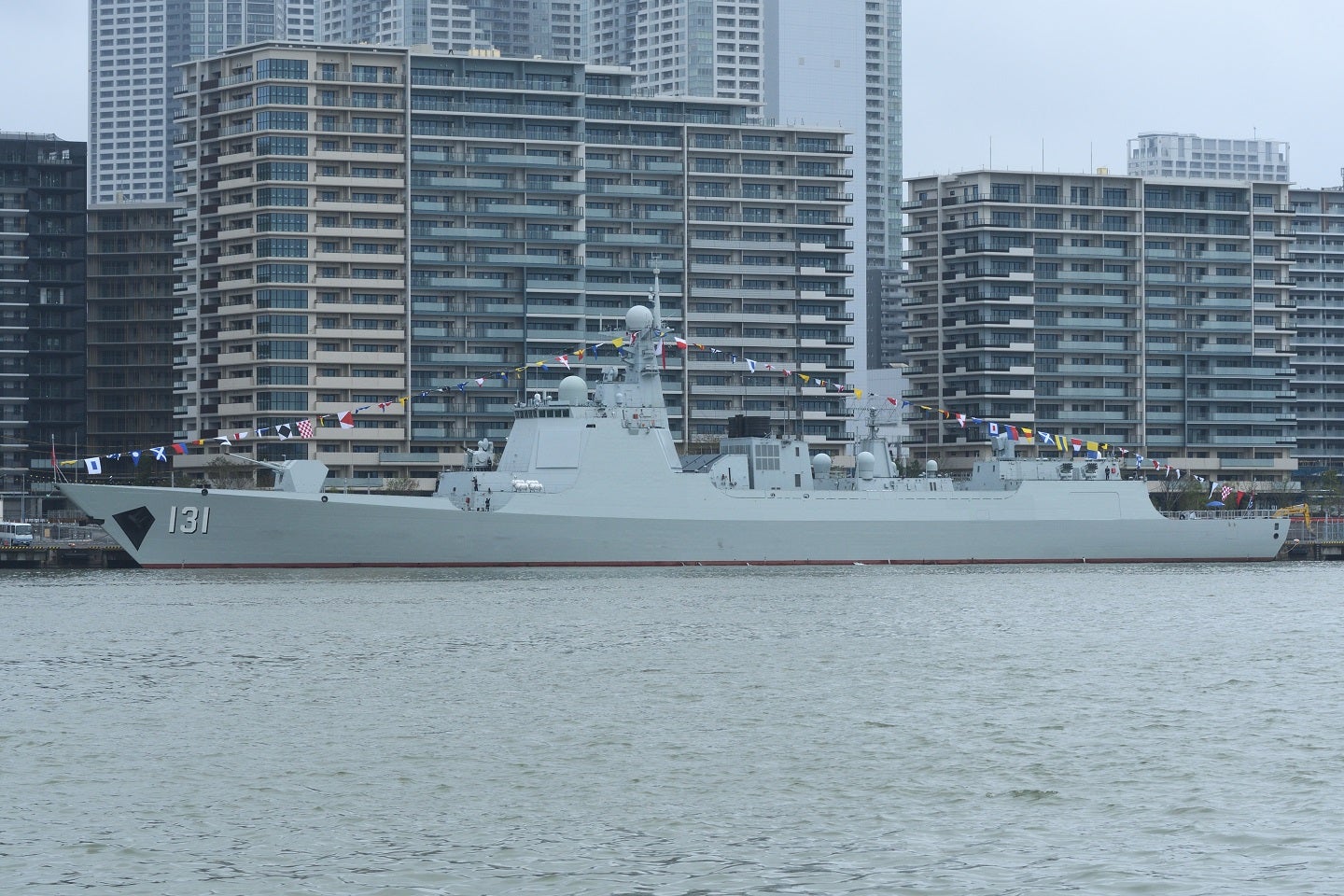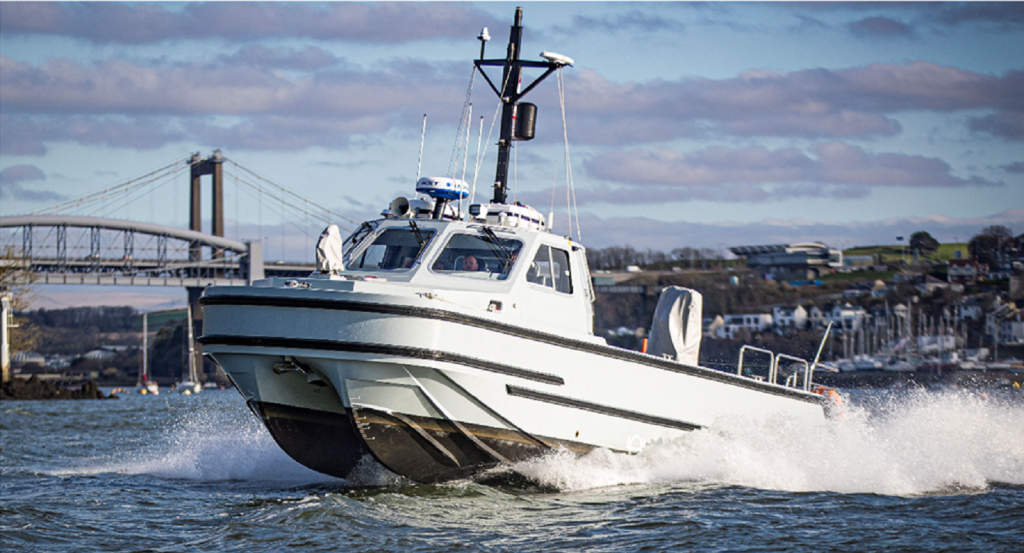
Two Type 052D Luyang III-class destroyers (DDG) have reportedly launched from the Chinese port of Dalian, in the north-eastern province of Liaoning on 12 March. These are two of five DDG hulls receiving work in the Chinese shipyard.
The launch of these destroyers marks the rapid catch-up with the United States Navy (USN), and the wider advancements the People’s Republic of China (PRC) are making across numerous domains in the context of their geopolitical friction with the US and their allies.
The development of these destroyers consolidates the People’s Liberation Army Navy’s (PLAN) blue-water capabilities. This development will bolster PLAN’s fleet and cultivate its influence in foreign territorial waters, particularly around the South China Sea (SCS) as they threaten autonomous territories such as Taiwan.
The Chinese Communist Party’s (CCP) state-sponsored Global Times (GT) news outlet reports that China’s DDG production “will contribute to PLAN’s aim to become a blue-water navy”. The issue with this is that PLAN already is a blue-water navy.
It appears the PRC is deliberately downplaying its naval capabilities as they take a page out of The Art of War with such deception. This is not the first time either as the GT has lambasted foreign media reports claiming they are “hyping” up the “fast pace of China’s shipbuilding”.
The Type 052D is one of the latest generations of PLAN’s guided-missile DDGs. It is based on its predecessor, the Type 052C and likely shares the same hull. However, the Type 052D incorporates many improvements in terms of design as well as sensors and weapons fit.
Fleet comparison
According to GlobalData analysis into the Chinese fleet in its report on Global Naval Vessels and Surface Combatants Market Forecast, 2023-33 the PLAN has the largest navy in the Asia-Pacific region, with more than 300 surface combatants. In fact, the USN has recently been jolted into producing more frigates to meet its own force-structure goal of 355 ships, to supersede China’s count. This surely exclaims the rapid advancement of PLAN’s fleet beyond what the GT have suggested.
“The Type 052D is equipped with an advanced active electronically scanned array (AESA) radar system dubbed the ‘Chinese Aegis’ and a 64-cell missile vertical launch system capable of firing munitions including surface-to-air missiles and anti-ship missiles,” the GT added.
This is a fitting comparison with the American AEGIS combat system, an integrated naval weapons system, which the US Department of Defense (DoD) has awarded Lockheed Martin $48m to upgrade in a timely contract on 13 March.
GT adds that the two warships are “believed to be the 27th and the 28th Type 052Ds ordered by the PLAN overall”.
GlobalData forecast that investment in the Type 052D will register a compound annual growth rate (CAGR) of 17.09% between 2023-28, growing from $765m to over $1.6bn between 2023-28. This exceeds US spending on its Arleigh Burke-class DDGs which is expected to register -37.76% CAGR in the same period.
The reality is not quite as despairing as this since the USN is simultaneously expanding its next generation DDG(X), as well as its Aegis-class DDGs and other programmes. But this CAGR comparison goes some way to highlighting the rapid advancement of the PRC’s growing blue-water navy.







